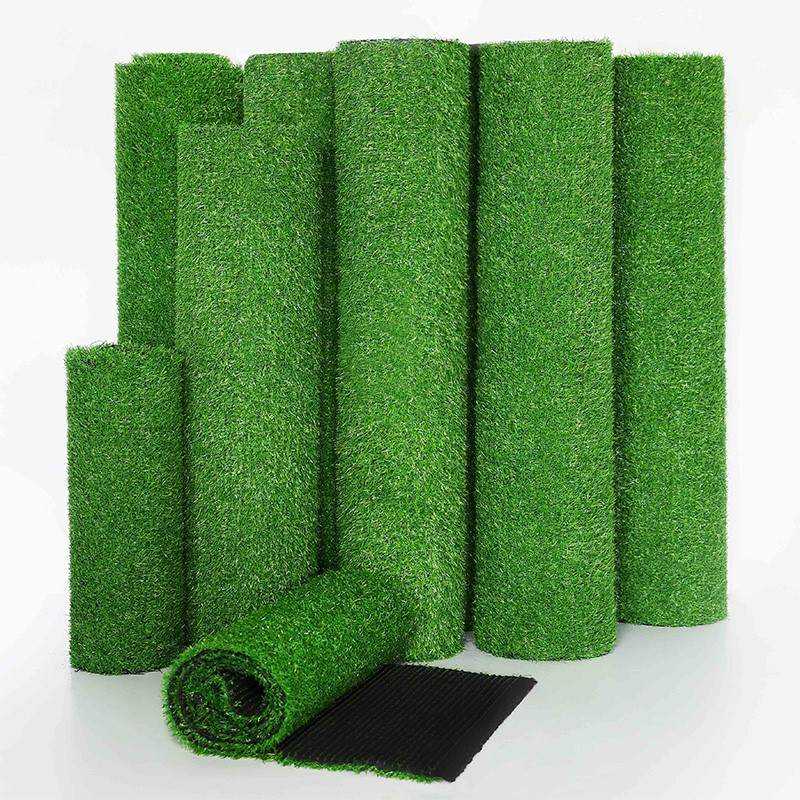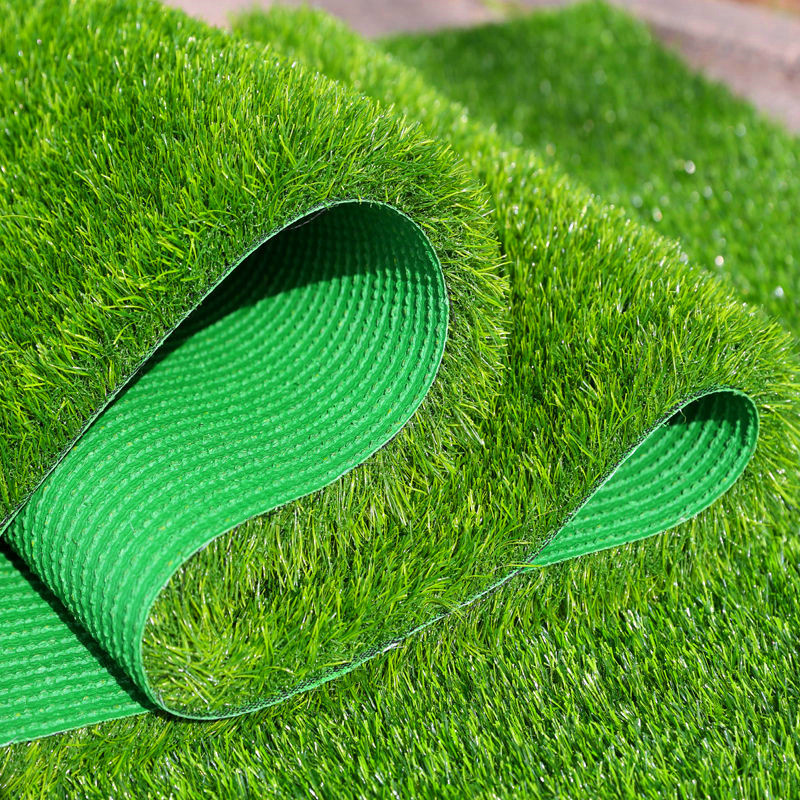
Artificial grass is a popular alternative to natural grass, offering a low-maintenance and durable solution for lawns, playgrounds, and sports fields. However, the cost of installing artificial grass can be a significant expense for many homeowners and businesses. In this guide, we will explore the cheapest way to lay artificial grass, including the materials and techniques you can use to save money without compromising on quality.
Materials Needed for Laying Artificial Grass
Before we dive into the cheapest way to lay artificial grass, it’s essential to understand the materials needed for the installation. Here are the basic materials you’ll need:
1. Artificial Grass Turf
Artificial grass turf is the most significant component of the installation. It’s important to choose a high-quality turf that is durable and long-lasting. Look for turf that is made from polyethylene or polypropylene, as these materials are resistant to wear and tear and can withstand extreme weather conditions.
2. Adhesive
Adhesive is used to bond the artificial grass turf to the backing, creating a secure and stable installation. Choose a high-quality adhesive that is specifically designed for artificial grass installation.
3. Backing
The backing is the layer that sits beneath the artificial grass turf. It provides a stable base for the turf and helps to prevent it from shifting or lifting. Common backing materials include polypropylene, polyethylene, and nylon.
4. Infill
Infill is the material that is used to fill in the gaps between the artificial grass fibers. It helps to provide stability and support for the turf, preventing it from shifting or lifting. Common infill materials include sand, rubber, and silica sand.
5. Seaming Tape
Seaming tape is used to join the artificial grass panels together, creating a seamless installation. Choose a high-quality seaming tape that is specifically designed for artificial grass installation.
6. Lawn Installer
A lawn installer is a specialized tool used to install artificial grass. It helps to create a smooth and even surface, ensuring a professional-looking installation.
7. Utility Knife
A utility knife is a handy tool used to cut the artificial grass turf to size. It’s important to choose a utility knife that is sharp and precise, ensuring clean cuts and minimizing waste.
8. Measuring Tape
A measuring tape is used to measure the area where the artificial grass will be installed. It helps to ensure that you have enough turf to cover the area and that the installation is done accurately.
9. Safety Glasses
Safety glasses are essential when installing artificial grass. They protect your eyes from debris and dust, ensuring a safe and healthy installation process.
Cheapest Way to Lay Artificial Grass
Now that we’ve covered the materials needed for laying artificial grass, let’s explore the cheapest way to install it. Here are some cost-effective tips to help you save money without compromising on quality:
1. Choose a budget-friendly turf
One of the most significant factors that affect the cost of artificial grass installation is the cost of the turf itself. To save money, consider choosing a less expensive turf that still meets your quality standards. Look for turf that is made from polyethylene or polypropylene, as these materials are durable and long-lasting.
2. Use an economical turf
Another way to save money on artificial grass installation is to use a thinner turf. Thinner turf is often less expensive than thicker turf, but still provides the same level of durability and performance. However, keep in mind that thinner turf may not be suitable for high-traffic areas or applications that require a more robust surface.
3. Install the Turf Yourself
Installing the turf yourself can save you a significant amount of money on labor costs. If you have the time and skills to install the turf, consider doing it yourself. However, keep in mind that installing artificial grass requires specialized tools and techniques, so it’s essential to do your research and ensure that you have the necessary skills and knowledge to complete the installation successfully.
4. Use a DIY Adhesive
Another way to save money on artificial grass installation is to use a DIY adhesive. Instead of purchasing an expensive adhesive specifically designed for artificial grass installation, consider using a DIY adhesive that is designed for similar applications. However, keep in mind that using a DIY adhesive may affect the durability and longevity of the installation.
5. Use Recycled Infill
Infill is an essential component of artificial grass installation, but it can be expensive. To save money, consider using recycled infill. Recycled infill is made from recycled materials and is often less expensive than traditional infill materials. However, keep in mind that recycled infill may not provide the same level of stability and support as traditional infill materials.
6. Use a Seaming Tape Alternative
Seaming tape is used to join the artificial grass panels together, creating a seamless installation. However, seaming tape can be expensive. To save money, consider using a seaming tape alternative, such as a strong adhesive or a specialized tape designed for similar applications.
7. Address Long-Term Considerations: While focusing on cost-effectiveness, briefly mention long-term considerations, such as maintenance requirements and the lifespan of the materials chosen.
Conclusion
Artificial grass installation can be an expensive project, but there are ways to save money without compromising on quality. By choosing a less expensive turf, using a thinner turf, installing the turf yourself, using a DIY adhesive, using recycled infill, and using a seaming tape alternative, you can significantly reduce the cost of artificial grass installation. Keep in mind that while these methods can save you money, they may affect the durability and longevity of the installation. It’s essential to weigh the pros and cons of each method and choose the one that best suits your needs and budget.










